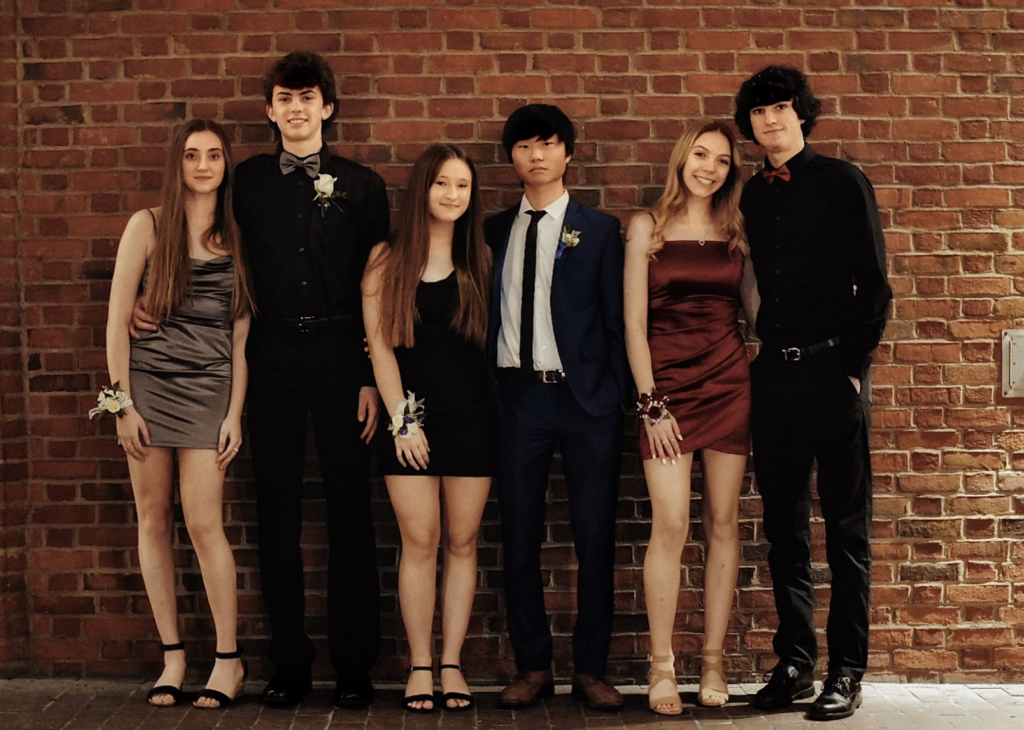Shooting portraits can be one of the most fulfilling and frustrating jobs a photographer can take on. Furthermore, portraits shot on location, that is to say, not in a studio with a background can be even more complicated based on what the client wants to portray.
Since shooting portraits on location can be challenging, here are seven tips to help you get better environmental shots.
Define the purpose of the portrait.
Portraits on location are typically there for a reason, to both showcase the person and the location, and you rarely want one to overpower the other. In this beautiful mountain top portrait, it showcases a climber who has made it to the top and relationship to exactly how high he is with the peaks shown in the background. This shows accomplishment, power and determination, and the beautiful scenery doesn't overpower from the success of the man who made the climb. The purpose here shows the man and his accomplishments, with both subject and environment balanced wonderfully.
You can still get in tight.
Unlike the studio, shooting on location means your backgrounds aren't sheets of studio backdrop paper, but they don't always have to be the focus or even the main reason for doing them. This tight portrait taken outside and shot wide open gives a nice depth of field with a creamy bokeh, something that just isn't possible indoors.
Manipulating light is still very important.
Look closely in the eyes of the tight portrait above, you'll see the catch-light, the small white circle to the right of the black pupil. The photographer used a small softbox on location to help fill in the natural light. While the sun is powerful, it doesn't always work in a photographers favor and artificial light to help fill in shadows can often be needed. Optionally, a reflector can be used to manipulate the light from the sun too.
Pick the perfect time of day.
Just with most other types of photography outside, the time of day can play a crucial role in the success of your portraits. If possible, avoid shooting between 11am and 3pm, when the sun is at the highest point of the day. In addition to manipulating and using artificial light, as mentioned previously the color of the sun tends to be the most washed out. Not only will you fight very harsh shadows, on cloud-free days the sun's light will appear very white. For most everyone, a warmer light from an hour after sunrise or a few hours before sunset will often yield far better portraits.
Environmental portraits aren't always so tight.
Getting in tight works for some portraits, but not always. Along the lines of defining your purpose, you must evaluate why you're outside, what it adds to the portrait and how to best capture it. In this photo of someone working out, a full body portrait makes the most sense to convey the health & fitness message being sent.
Underexpose when using artificial light in less than ideal conditions.
Sometimes, shooting outside leaves a less than desirable shot and you've got to make the best of what you have. This gets into a bit of advanced shooting, but is one of the most effective ways to combat boring, gray cloud cover and compensate for overly bright days. Underexpose the sky by 1-2 full stops, then use a fill flash off camera to light the subject. The above photograph shows this effect beautifully. Curious how this shot was taken? Click here. This is a wonderful portrait for a farmer or even a beer brewer, standing in a field of wheat.
Embrace your environment.
Photo By d. jones photo
Sometimes, your environment will dictate what the shot should look like. This corporate shot of a businessman looks to be taken in an office building, perhaps a stock trader with his co-workers behind him. Don't always assume you need a wall behind you. In this portrait, the shallow depth of field separates the subject from background adding depth, but also still allows you to understand that he's in a work environment. This is important when trying to shoot business a client in a way that the portrait can be utilized in many different facets, but also shows the place of business that they work in. It helps to add a more personal feel to the portrait, as opposed to a cold, more traditional studio shot with a gradient background.
Some bonus tips that can be applied to any location shoot too! Always do a custom white balance, especially when mixing natural and artificial lighting. Take an extra power cord, extension cords and spare batteries for flashes and wireless triggers. Lastly, if you have a photography assistant (PA) working with you, let them know your game plan ahead of time so they can help you setup and breakdown equipment with efficiency.









2 Comments
I love the detailed nature of the topics you guys cover in your articles, its impressive.
thanks great advise. I always prefer to shoot out side the studio